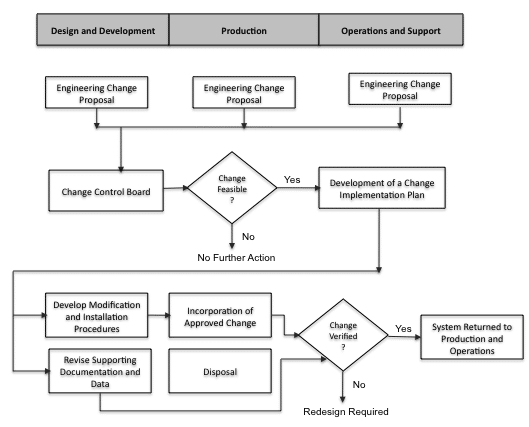What is a Workflow and How Do You Manage One?
What is a workflow? Workflows are a series of steps or a process that needs to be completed to finish a goal. The steps could be linear or could contain complex branching. We deal with workflows in some capacity every day, whether it’s the processes we deal with at work or the steps we take to make dinner when we come home.
Managing workflows in the workplace requires that the processes be set up accurately, efficiently, and repeat the same way each time to guarantee the same results.
Some common workflows that span across industry include:
- Employee Onboarding
- New Client Setup
- Product Return Authorizations
- Documentation Requests
- Purchase Approval Requests
- IT Change Management
- Engineering Change Requests
- Compliance Audits
- Website Edits
These workflows may involve multiple individuals, teams, or departments that need visibility and accountability, as well as organization, collaboration, and communication.
Let’s take a look at some workflow examples.
Example #1: Engineering Change Management
Our first workflow example is common in the world of systems engineering. The change management process begins with a change proposal. The proposal is sent to a change control board for approval. If the change is feasible, an implementation plan is developed. Once that’s completed, the Engineering Change Order outlines the steps for modification and revision of documentation.
Finally, the implemented change must be verified. If there are any problems, the proposal goes back for a redesign and the approval and implementation process repeats. If there are no problems, the system is returned to a production status and operations continue.

Image provided credited to SeBok Wiki.
Example #2: Human Resources Employee Onboarding
Another workflow gets kicked off every time a new employee is hired. For most organizations, HR, Facilities, and IT departments all have their own processes that have to occur in tandem with each other.
- IT has to set up computers, phones, and appropriate software and network access.
- Facilities needs to set up a workspace and grant any building access needed.
- HR needs to have paperwork related to the employee's insurance, tax needs, and payroll information.
Most of these tasks need to be completed either before the employee arrives or during their first-day orientation. Setting up a digitized workflow ensures that no department forgets a step or leaves the new employee without equipment on their first day.
Example #3: Accounts Payable
When money is involved, it pays to be as organized and methodical as possible. Accounts Payable departments go through process after process to ensure that vendors are compensated and that payment goes where it should.
When does payment need to be sent? Who is receiving it? What happens when an error occurs? All of these moving parts can be accounted for in a branching workflow (or, likely, multiple workflows) that defines next steps.
Stay on top of your accounts.
Get more information on how Accounts Payable departments can stay precise and up-to-date.
Example #4: Customer Service
Responding to customer service requests requires following specific processes as well. Depending on the type of request, your team may have different workflows to handle and resolve the issue. For example, your team may take different approaches responding to a complaint as opposed to a service request or a comment. While each inquiry requires attention, they all have unique steps that must be completed to reach resolution. Logging each of these steps using a Task Management tool helps to reduce confusion and ensure no step gets overlooked.
Example #5: Workflows Built Your Way
Each workflow you develop can be as complex or as simple as you need. It all depends on the requirements of your process.
The important thing is to fully understand your processes and all of the potential branches and loops that your workflow may take. Be sure to document this fully so that you can accurately repeat the process whenever necessary. You may find it helpful to use a workflow management solution to help you keep track of tasks, keep your workflows organized, and more.
Are you ready to make a change for the better? Request a tailored demo with our Product Experts today!
Topics from this blog: Help Desk
Back